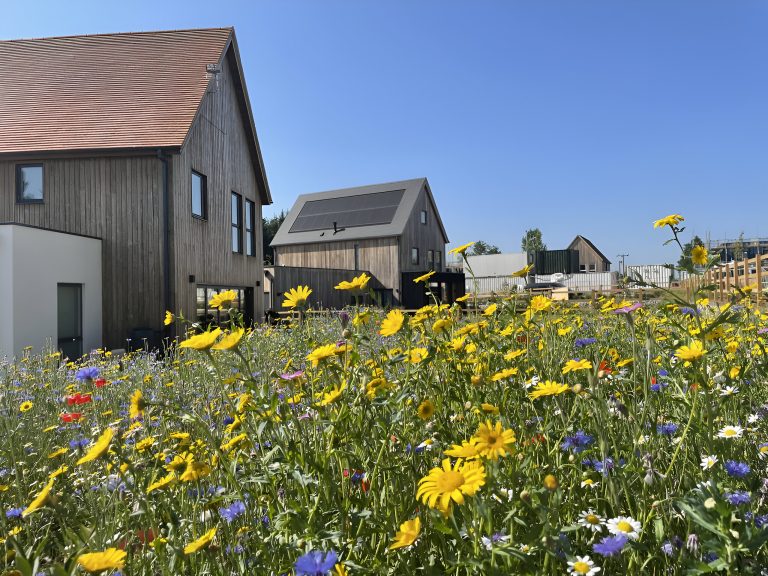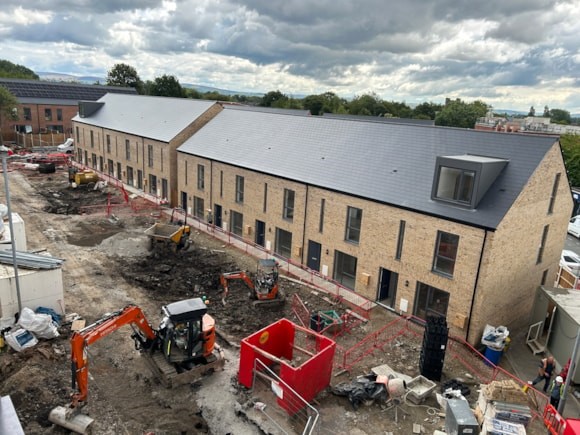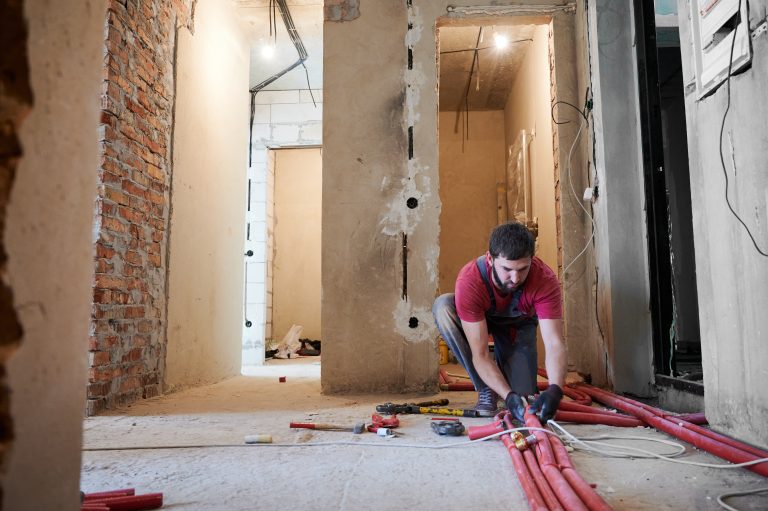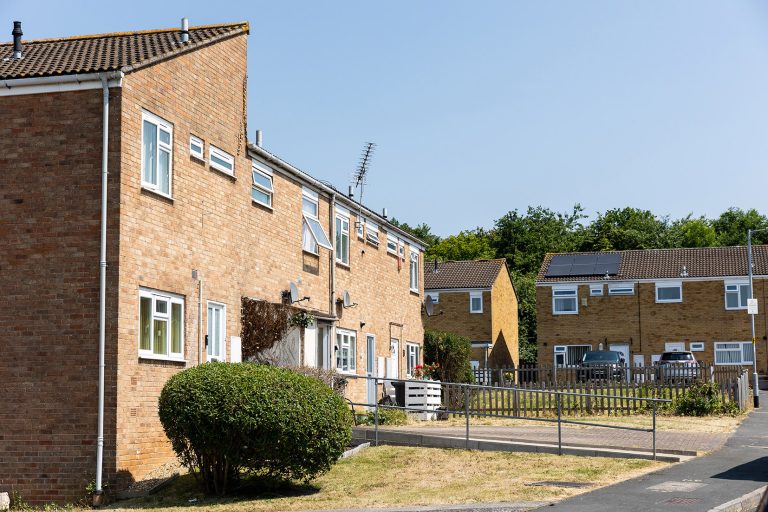To mark New Homes Week (3rd- 9th February) and its theme of Communities, Close Brothers Property Finance and the Home Builders Federation (HBF) have released a video series highlighting the vital role played by SME housebuilders in creating sustainable communities – built around the health and wellbeing of residents as well as safeguarding the natural world. The videos illustrate how SMEs are committed to delivering high-quality, sustainable homes, which enrich people’s lives while improving local infrastructure and wildlife habitats. The SMEs who feature in the series are: SME housebuilders make a valuable contribution to the local economies where they build, hiring local contractors, skilled tradespeople and apprentices to deliver housing schemes. Unlike PLC builders, who typically use centralised supply chains, SMEs support local suppliers and businesses. Many SMEs build in areas where they have personal connections, giving them greater insight into the types of homes and amenities that best serve existing communities in that area. Their smaller size means that they can be agile and adapt projects in line with feedback from the community. Despite the important role SMEs play, their numbers have dwindled in recent decades due to challenging economic conditions; an increasingly bureaucratic planning system and process and regulatory environment that adds significant cost and delays. At the same time, the lack of housing associations in the market to buy the affordable homes that SME housebuilders are required to provide as part of the planning permission is preventing them from delivering developments at all. .. A report from the House of Lords Built Environment Committee shows that the proportion of new homes built by SMEs in England plummeted from 39% in 1988 to just 10% in 2020. The HBF and Close Brothers Property Finance call upon the Government to offer greater support to SME housebuilders. First-time buyers have increasingly struggled to get on the housing ladder. With the close of Help to Buy last year it is the first time in decades there is no Government support scheme in place to help buyers, and Stamp Duty relief on properties up to £425,000 ends later this year, exacerbating the problem still further. With inflation largely under control, interest rate cuts would help boost the sector, both by cutting costs for SME housebuilders and making borrowing more affordable for buyers. Close Brothers Property Finance and the HBF, along with Travis Perkins, have produced the State of Play report for the last five years which shines a spotlight on the challenges facing SME housebuilders. For each of the years that the report has been produced, planning has consistently been identified as the biggest obstacle to SME housebuilders. Phil Hooper, Chief Executive Officer of Close Brothers Property Finance, says: “SMEs are the backbone of local housing markets. As predominantly family-run businesses operating in the locations where they live, they take a huge amount of pride in the quality and attention to detail of every home they build. But successive failures to address issues within the planning system and current fiscal market conditions mean that these businesses aren’t getting the support that they need, and we now risk losing even more of these companies. Reforming the planning system is certainly a step in the right direction, but we also need to consider how we can level the playing field for SMEs to ensure they can access the same land, infrastructure and financial opportunities as their larger counterparts and finally reverse the years of decline.” Neil Jefferson, Chief Executive Officer of the Home Builders Federation, says: “SMEs are the lifeblood of all industries, but in house building we have seen them disappear at an alarming rate as a result of the incredibly difficult environment within which they are operating. Small builders bring choice to the market in terms of the type of homes they build and the locations. It is vital we address the challenges they face to operating their businesses such that they can continue to provide customers with high quality options to buy.” For further information on New Homes Week, visit: https://new-homes.co.uk/new-homes-week/ THE VIDEO SERIES This New Homes Week we have partnered with the Home Builders Federation to create a series of short films featuring SME Housebuilders across the UK, and the work they are doing to build and support local communities. Monday Today we hear from Colin Palmer at 3West Group, South-West based housebuilder, at their development in Exmouth. Colin talks about employing local suppliers and sub-contractors and how this has equated to around £50m being injected into the South West economy. Tuesday This video shows Mark White of Bargate Homes, talking about the work they are doing to encourage wildlife at their development of sustainable homes in Hampshire. Mark also discusses supporting the elderly community and children with SEN needs, win the community. Wednesday Today we hear from Laura and Richard Ellam of Pivot Developments. Laura and Richard met over 20 years ago whilst working on a Scottish oil rig, wanting to leverage their experience in engineering and technology, they set up Pivot Developments in 2020 and since then have been creati low carbon, energy-efficient homes. Thursday Hear Paul Moran, of Cavanna Homes talk about building “homes, not just houses”, with sensory gardens, play areas, allotments and open spaces they are proud to provide for the community, at this development near Exeter. Friday The last video in our New Homes Week series features the fantastic Lorraine Thomas, founder of View from my Window. Lorraine is a housebuilder, mentor, coach and property investor, based in South London. Lorraine’s mission is to make property accessible and life-changing, for her local community, and beyond. Building, Design & Construction Magazine | The Choice of Industry Professionals














